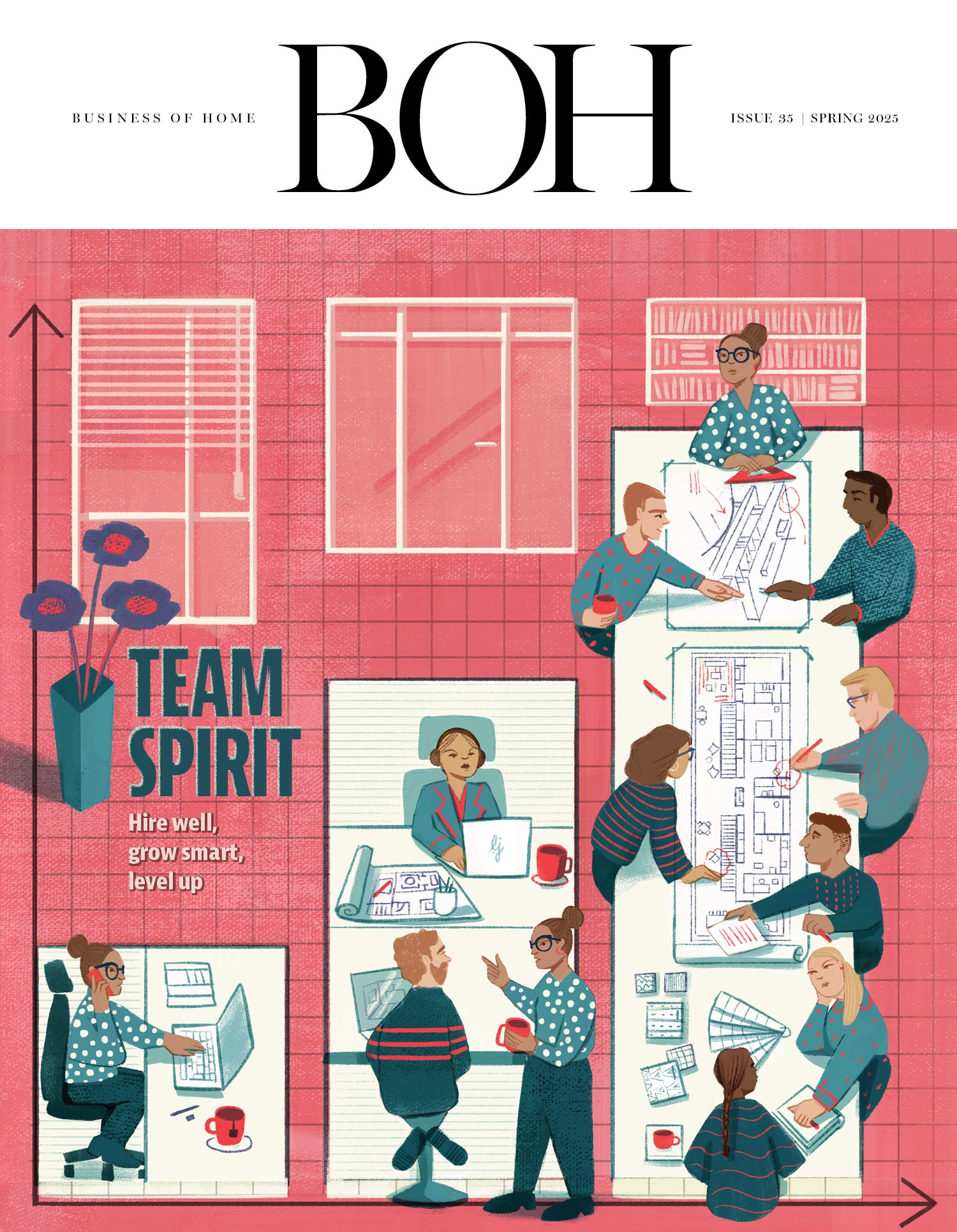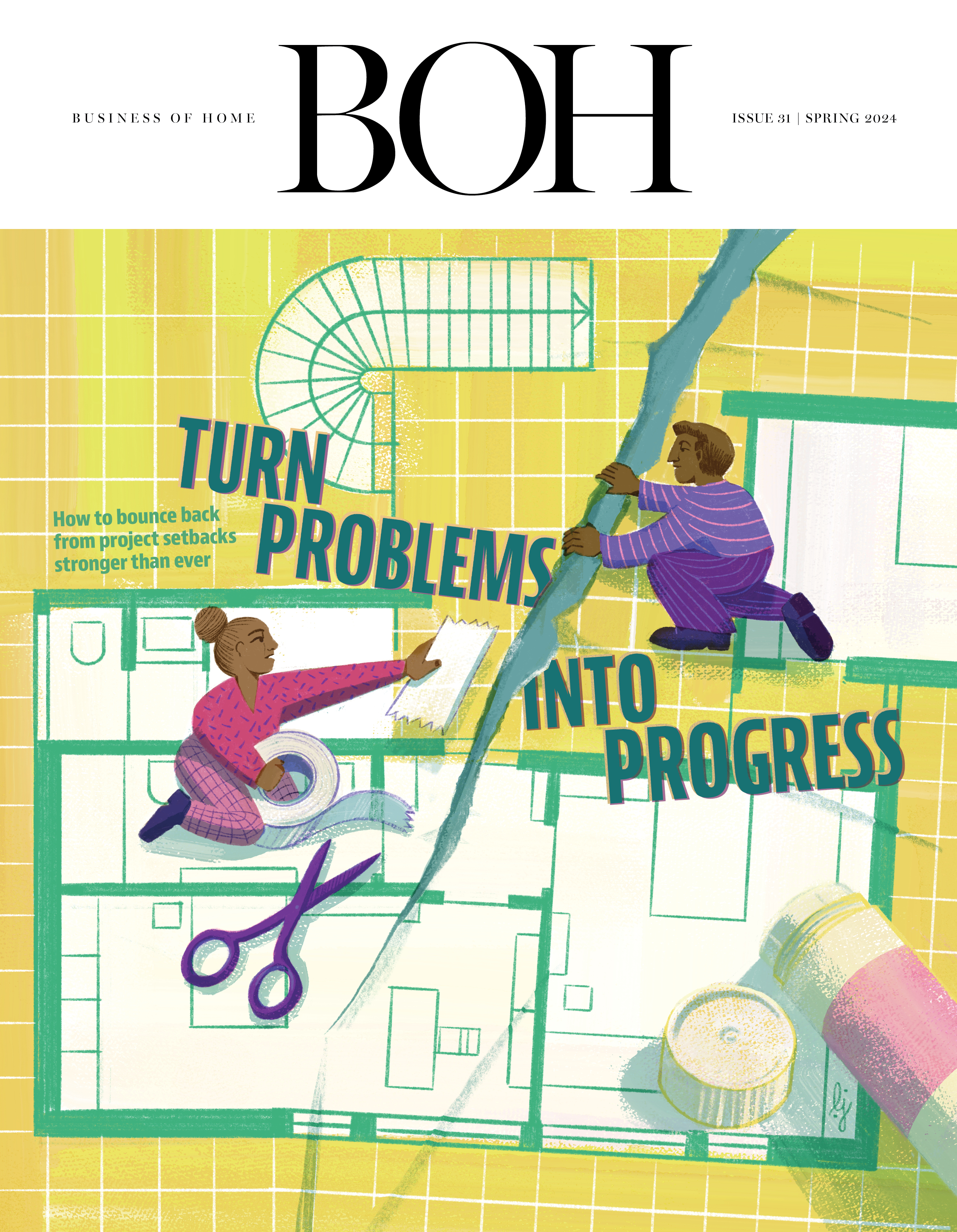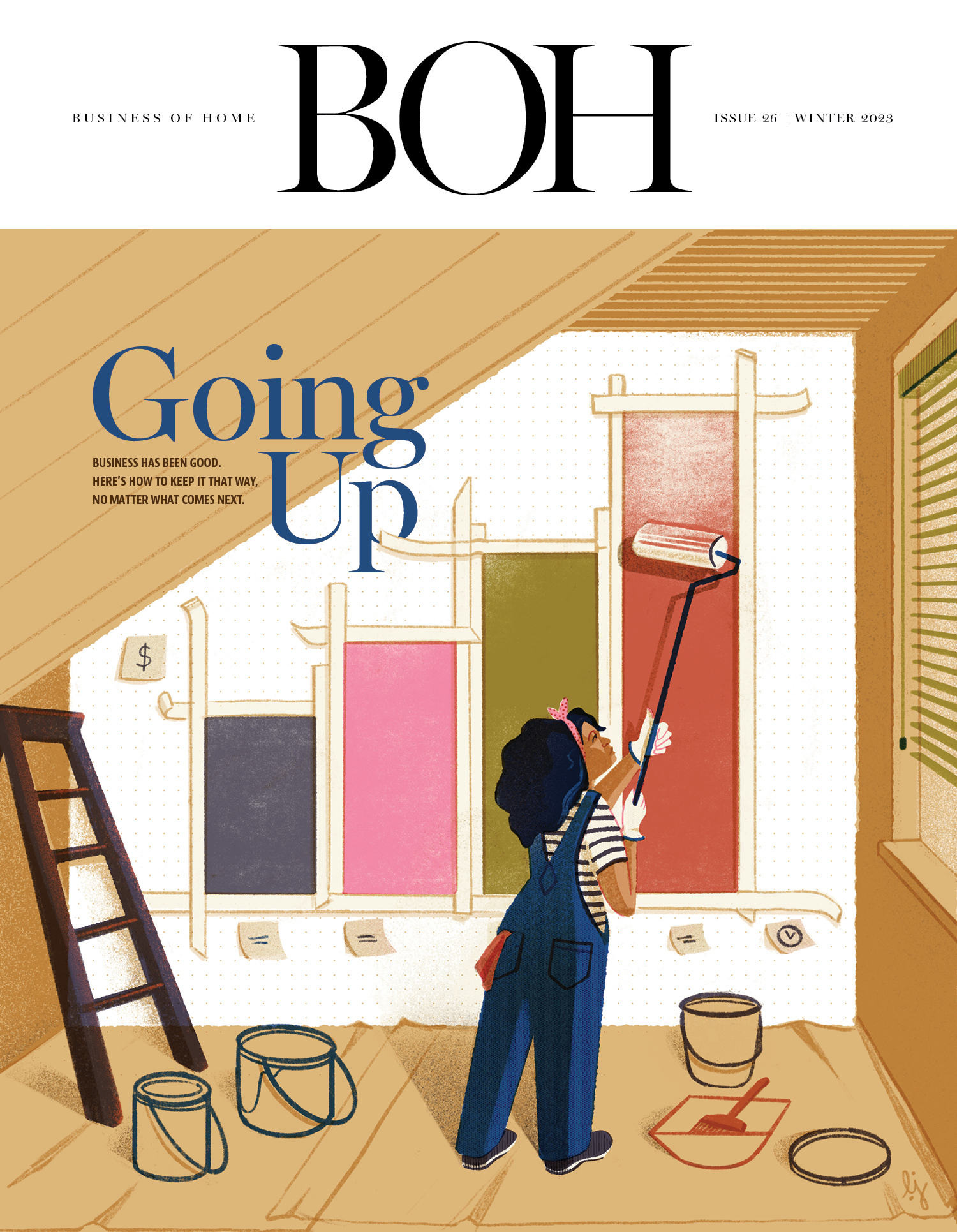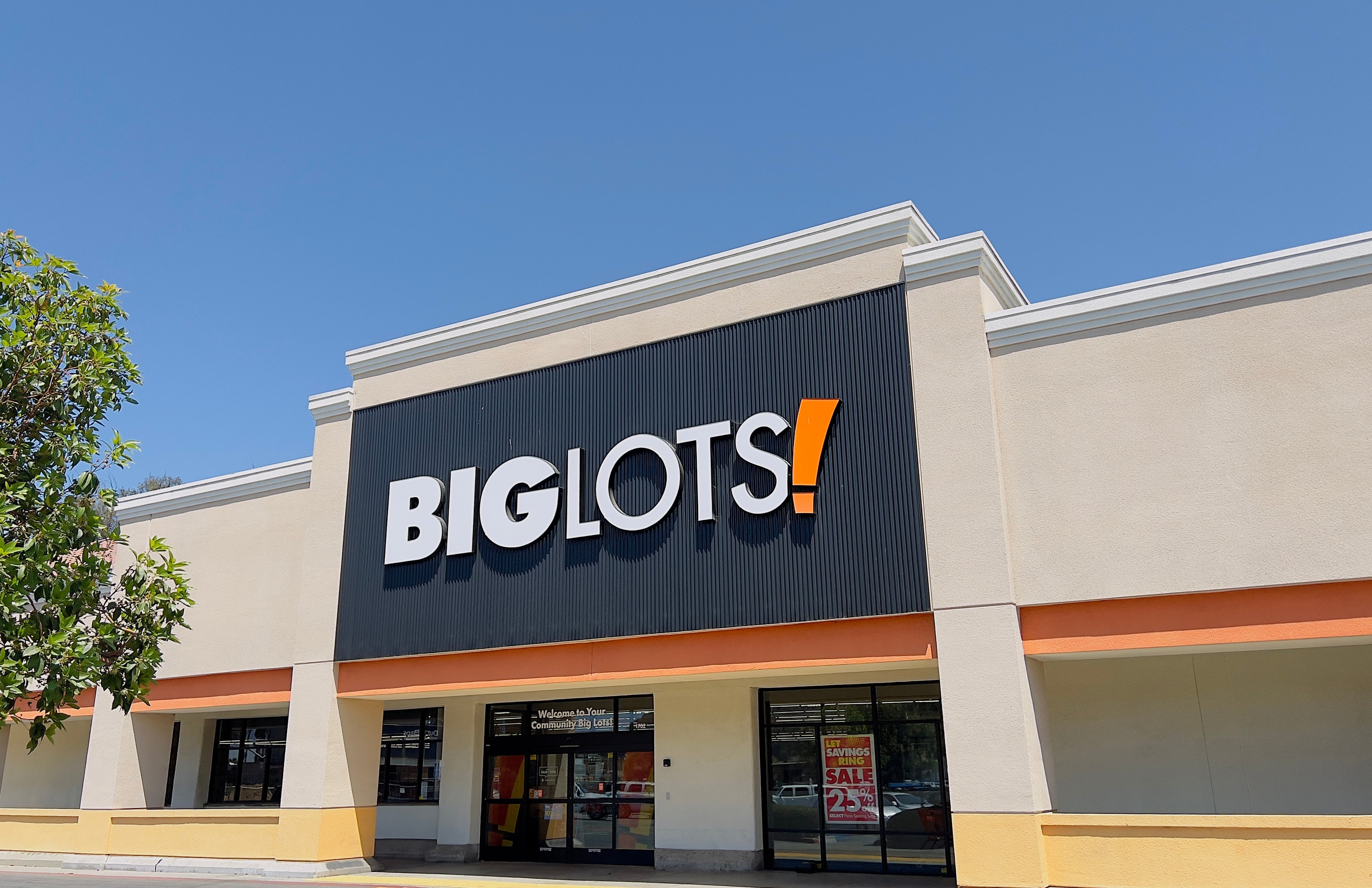In less than three weeks Big Lots will complete the reopening of 219 stores, an astonishing feat given the discount retailer’s dismal recent past as an on-again, off-again off-pricer sliding into eventual bankruptcy.
But under new owner Variety Wholesalers, a privately held discount-chain holding company, Big Lots has been resurrected. If its reincarnated state doesn’t exactly match its final era as a much larger (1,400 locations at its peak) furniture-centric chain, the new Big Lots promises to adhere more closely to the classic off-price model. Mixing home furnishings, apparel and nonfood consumables in roughly equal parts, it is being positioned to reclaim its market share in the Southeast, stretching from Michigan and Ohio down to Florida.
And while the company will operate in tandem with its new sister nameplate Roses, a lesser-known deep discounter with some 400 locations, Big Lots has its own buying team, central headquarters and merchandising strategy.
On the eve of this week’s round of store openings, Variety Wholesalers president and CEO Lisa Seigies told Business of Home: “We aren’t trying to make Big Lots an orange Roses,” jokingly referring to the signature color of the newly acquired brand.
Variety Wholesalers has been in business for more than 100 years under the Pope family ownership, and after starting out in the five-and-dime sector, it bought Roses in 1997 and has grown it from about 175 locations to around 400 today—its smaller-scale, strip mall–based footprint firmly entrenched in the discount sector. The company, which also operates several other smaller nameplates, does “$1 billion-plus” in annual sales, according to Seigies.
When publicly owned Big Lots filed for bankruptcy last September, there was an initial attempt to restructure around 900 of its stores, but it ultimately failed, and all signs pointed to liquidation. Then, at the start of 2025, an investment firm called Gordon Brothers bought the majority of Big Lots’s assets, immediately selling over 200 stores to Variety Wholesalers, which cherry-picked prime Big Lots locations that could be serviced by the holding company’s distribution centers in North Carolina and Georgia.
“We were in a hurry to go to market so that we could hold on to as many of Big Lots people as possible,” says Seigies, a retail veteran of Ross Stores and Federated Stores who joined Variety in 2018, eventually becoming CEO last May. The company was able to retain about 60 percent of the previous workforce, she says, including headquarters staff, buyers and store personnel.
“When we opened, we knew we weren’t going to be perfect but it was a good start, with about 60 or 65 percent of the store remerchandised,” she says, adding that part of the difficulty was that goods had not been ordered since the bankruptcy, so big parts of the brand’s seasonal assortments were absent.
The first nine newly revived Big Lots stores opened in April, followed by 54 in early May, and now another 73 locations this week. A final upcoming batch of 78 stores is slated to open by June 5, bringing the fleet size up to 219, a number that Seigies says will hold for the immediate future. She describes the openings so far as “soft,” and says the official grand opening featuring the store’s true merchandising mix is set for October: “That’s when we’ll be making a big splash.”
That big splash will see an assortment that goes back to “the core of what Big Lots was,” says Seigies. The retailer had spent most of its life as an off-pricer with a standard mix of apparel, home and household consumables, but somewhere along the line it tried to become a more traditional discounter with high-low pricing and a mix that was more than half furniture—most of it under the Broyhill brand, which it had purchased from the then-defunct furniture supplier.
The resulting confusion among shoppers contributed to Big Lots’s downfall, so returning the brand to its former positioning—“you can’t do high-low in off-price, you have to be everyday low prices,” says Seigies—will put Big Lots squarely back in what is the hottest category in physical retail right now. And she notes that like most of the players in the sector, Big Lots does not have any e-commerce, a model that just doesn’t work for off-pricers that rely on opportunistic buying without standard replenishment goods.
In spite of the pivot away from furniture, the broader home furnishings category will still account for about a third of the Big Lots merchandising mix, with a focus on decorative accessories and home decor items. In the asset cannibalization and acquisition process, Variety Wholesalers opted not to buy the Broyhill brand, which remains owned by investment firm Gordon Brothers, and Big Lots will instead focus on its Real Living private label for furniture and outdoor merchandise. Apparel, about one-third of the Big Lots mix, will be front and center in stores, with non-food consumables accounting for the balance. “Our goal is to have something for everybody, with value defining the mix,” says Seigies.
She did not offer any forecast for how Big Lots will do in its first year under new ownership, but emphasizes that with the financially stable (and patient) family ownership, it will have the time to rebuild its business. “The feedback so far has been really positive, and I’ve never seen anything quite like this before,” she says. “Our team has worked really well right from the start.”
Seigies, noting the fast-track start, says Big Lots remains very much a work in progress: “We’re [still] not perfect today, but we’re getting there.”
____________
Warren Shoulberg is the former editor in chief for several leading B2B publications. He has been a guest lecturer at the Columbia University Graduate School of Business; received honors from the International Furnishings and Design Association and the Fashion Institute of Technology; and been cited by The Wall Street Journal, The New York Times, The Washington Post, CNN and other media as a leading industry expert. His Retail Watch columns offer deep industry insights on major markets and product categories.





























